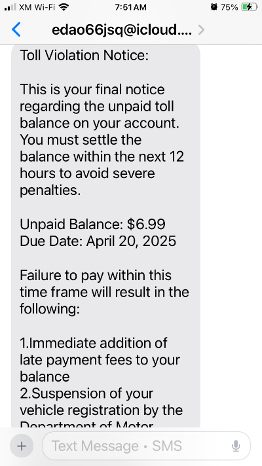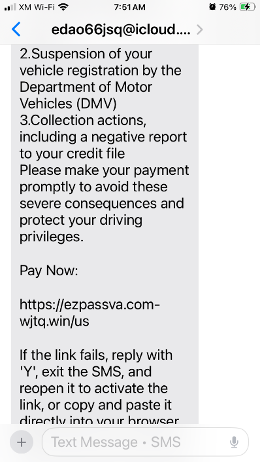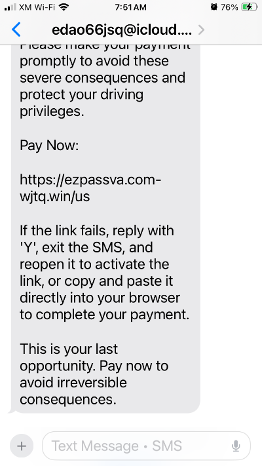Find out why a top-ten mortgage lender with a proprietary loan origination system (LOS) needed to convert from a legacy document platform.



By Scott Sykes, CISO, Asurity
Scam texts have grown more popular with cybercriminals in recent years as consumers have shifted away from traditional email and laptops and are instead doing more with their phones.
Let’s take a look at a common text scam that has been popular lately.



Here is an example of a very convincing text scam.
Notice the 3 red flags:
Scammers often use shortened web addresses (URLs) that look harmless but secretly redirect you to malicious websites. For instance, a link starting with "tinyurl.com". Detecting these fake links in text messages is especially difficult because, unlike in emails, you usually can't hover your mouse over the link to see the real web address before clicking.
In 2024, the FTC reported that package-delivery scams were the most common text scams. Cybercriminals impersonate shipping companies (like UPS or FedEx) or major retailers (like Amazon), falsely claiming delivery issues (e.g., payment or address problems). Other prevalent text scams included fake job offers, bogus credit fraud alerts, and unpaid toll scams as illustrated above.
Regardless of the scammer's pitch, the end goal is always to get the target to hand over money or cryptocurrency, banking or credit card information, login credentials for online accounts or personal data like their Social Security number.
Follow These Two Simple Rules to Avoid Scams:
Find out why a top-ten mortgage lender with a proprietary loan origination system (LOS) needed to convert from a legacy document platform.
Learn more about the Goals Module and its key monitoring and reporting features.
Learn about the changes of state consumer protection and the responsibility of financial services institutions to pursue operational excellence and a culture of compliance.